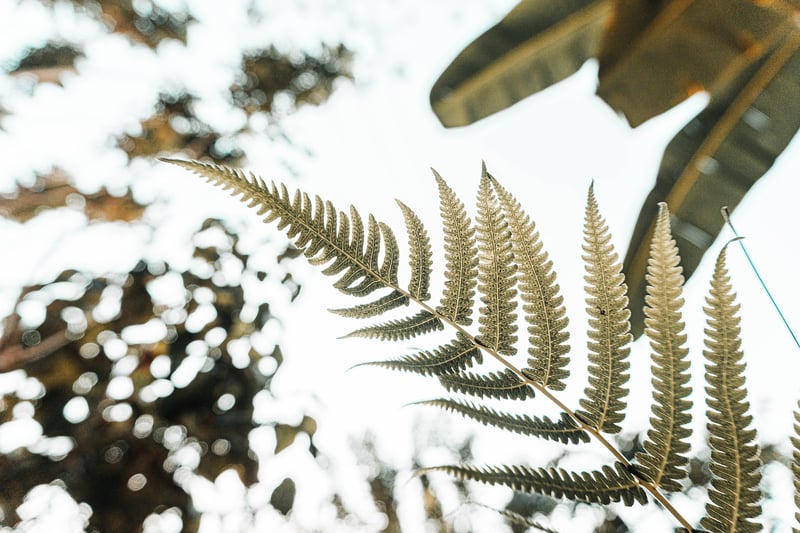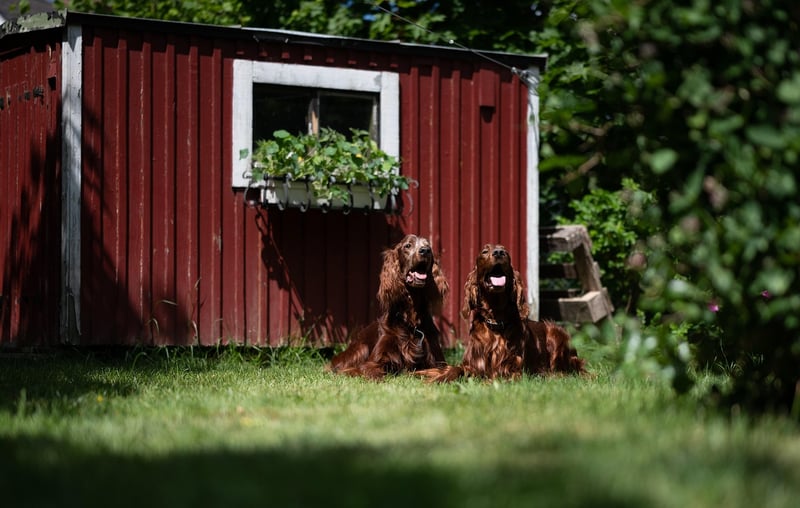Light Requirements
Keeping Your Garden Healthy: Understanding Light Requirements
Welcome to our guide on garden care and understanding the light requirements for your beloved plants. One of the key factors in maintaining a healthy garden is providing the right amount of light to your green friends. Let's delve into the importance of light and how you can ensure your garden thrives with the perfect lighting conditions.
The Importance of Light for Plants
Light is essential for plants as it is the primary source of energy for photosynthesis, the process through which plants convert light into food. Different plants have varying light requirements, with some needing full sun, others partial shade, and some thriving in full shade. Understanding these requirements is crucial for the optimal growth and development of your plants.
Determining Light Requirements
Before selecting plants for your garden, it's essential to assess the sunlight conditions in different areas. Observe how much direct sunlight each spot receives throughout the day to determine whether it's full sun, partial shade, or full shade. This will help you choose plants that are best suited for each location.
Types of Light Conditions
1. Full Sun: Plants that require full sun need at least 6-8 hours of direct sunlight daily. Examples include tomatoes, peppers, and roses.
2. Partial Shade: Plants that thrive in partial shade do best with 3-6 hours of sunlight per day. Hostas, begonias, and impatiens are examples of plants that prefer partial shade.
3. Full Shade: Plants that prefer full shade thrive in minimal to no direct sunlight. Ferns, mosses, and certain types of hydrangeas are well-suited for full shade conditions.
Tips for Providing Adequate Light
- Regularly monitor the sunlight levels in your garden to ensure your plants are receiving the correct amount of light.
- Utilize reflective surfaces to maximize sunlight exposure, especially in areas with limited direct light.
- Consider using artificial grow lights for plants that require more light than your garden naturally receives.
- Prune surrounding trees or plants that may be casting excessive shade on light-demanding plants.
Conclusion
By understanding the light requirements of your plants and providing them with the appropriate amount of sunlight, you can promote healthy growth and vibrant blooms in your garden. Remember to tailor your plant selection to the specific light conditions in each area of your garden for optimal results.
Happy gardening!


